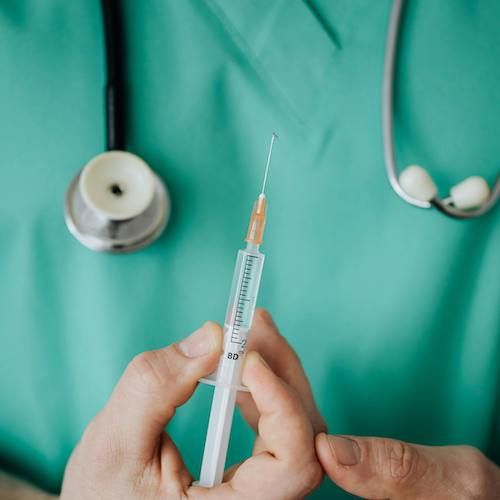Article
Study Supports Potential Link Between Finasteride, Psychological Adverse Events
Author(s):
The risk of suicidality and psychological adverse events appears to be particularly high in younger men with alopecia who are given finasteride.
Quoc-Dien Trinh, MD (Harvard)

A new report lends evidence to concerns that finasteride (Propecia, Proscar) might lead to an increased risk of suicide and psychological adverse events.
The report suggests the risk is particularly evident in younger patients, though it is possible that the apparent correlation may be due to stimulated reporting.
Finasteride is approved to treat androgenetic alopecia (male-pattern baldness) and benign prostatic hyperplasia (BPH). It has been on the market for nearly 3 decades, but concerns began in 2011 when a postmarketing report was sent to the US Food and Drug Administration (FDA) suggesting that the drug might increase the risk of depression, self-harm, and suicide.
That led to the issuance of warnings from regulators in a number of countries, including the UK and Canada. However, studies into potential links are limited.
Corresponding author Quoc-Dien Trinh, MD, of Harvard Medical School, and colleagues explained that there is a plausible biological explanation for the link. Finasteride is a 5ɑ-reductase inhibitor (5ARI).
“Some reports suggest that men with depression have lower levels of the neurosteroid allopregnanolone, which is produced by the 5ɑ-reductase enzyme and has antidepressant and anxiolytic effects,” they said.
The authors decided to study the question by using the VigiBase database, which collects data on drug-reaction pairs, and includes more than 20 million safety reports covering more than 40 years. The investigators only excluded duplicate records from their analysis, otherwise including all patients prescribed finasteride for any reason at any dose.
Those data were then stratified by indication (BPH and/or alopecia) and age (45 and younger versus over 45). Finasteride signals were compared with those of drugs used for similar indications, but which use different mechanisms, as well as dutasteride (Avodart), which has a similar mechanism of action and adverse event profile. Those data were analyzed alongside reports of suicidality before and after 2012.
All told, the search yielded 356 reports of suicidality and 2926 reports of psychological adverse events.
The findings were characterized in terms of reporting odds ratio (ROR), a surrogate measure of association used in disproportionality analysis.
The authors found an ROR of 1.63 for suicide among patients who took finasteride, as well as a 4.33 ROR for psychological adverse events. Younger patients (ROR, 3.47) and those with alopecia (ROR, 2.06) had higher disproportionality signals for suicidality, compared to older patients and those with BPH. The data also showed, however, that reports of such adverse events increased significantly following 2012, the year after the post-marketing report was submitted.
Trinh and colleagues noted that a similar analysis for minoxidil, an alopecia drug with a different mechanism of action, did not show a link with suicidality.
“Taken together, our findings suggest that the disproportional reporting of suicidality and psychological adverse events in association with finasteride use could potentially be attributed to unique characteristics of the drug in young patients with alopecia,” they said.
The new analysis also found no disproportionate incidence of suicidality or psychological risk for dutasteride, another 5ARI. That finding differs from some earlier research that suggested the problem might be with 5ARIs as a category, rather than any single medication. Trinh and colleagues said stimulated reporting caused by publicity about finasteride may have contributed to their results.
Though Trinh and colleagues said stimulated reporting may have influenced the data, the signals associated with finasteride are sufficient to warrant further investigation and close monitoring of patients prescribed the drug, especially if they are 45 years old or younger and being treated for alopecia.
The study, “Investigation of Suicidality and Psychological Adverse Events in Patients Treated With Finasteride,” was published online in JAMA Dermatology.





